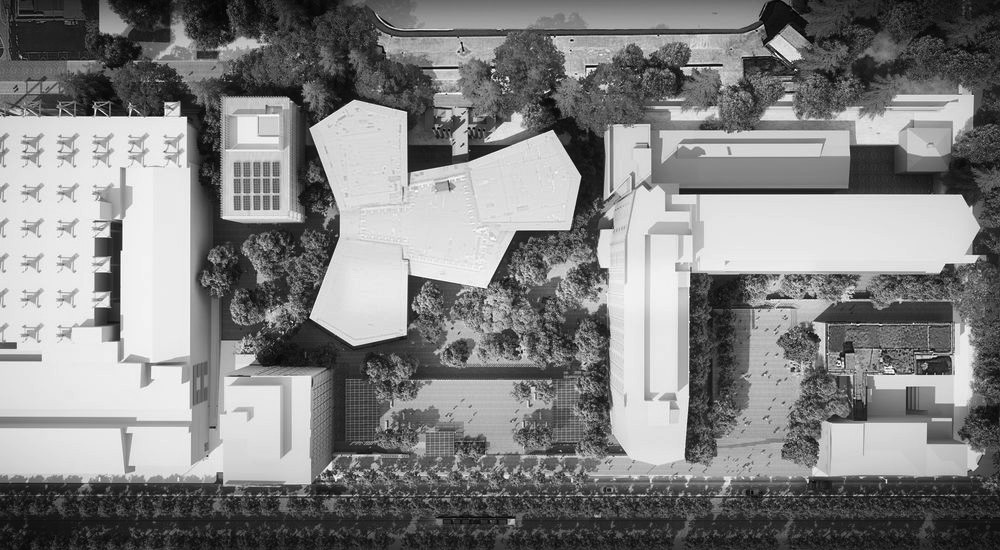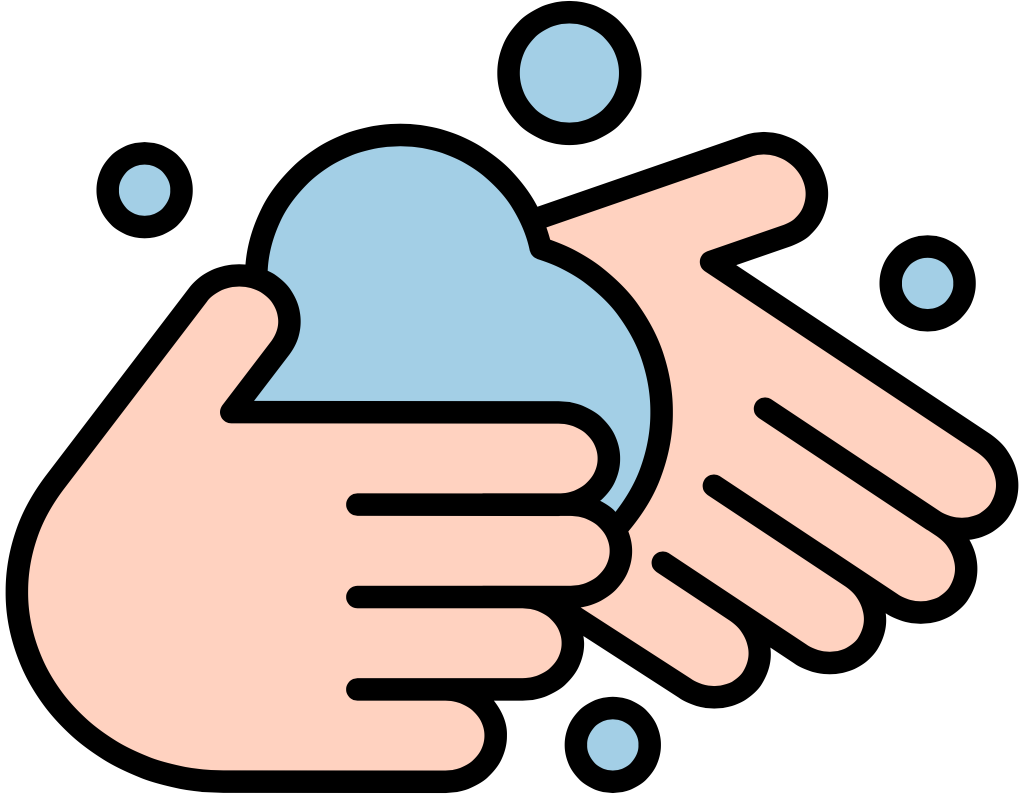Downloads
DOI:
https://doi.org/10.51588/eaaeacp.64Keywords:
open campus, shared school, informal spaces, alternative pathsAbstract
The educational institution represents the basis of civil society: any great empire or civilzation began to be considered when it developed a structured educational system capable to educate aware citizens participating in public life. Retracing the etymological origin of hte term school, the latter suggests a hidden component which should still be at the basis of the idea of contemporary school. The word comes from the Latin schola, which derives from the ancient Greek scholè that means to take care of free time. The scholè was the time in which one rested form the effort of daily life, to devote himself to study and reasoning. The proposal in this paper is that the first hidden layer of architectural education is to give back to the school its authentic meaning of scholè, place of the otium, where the love of knowledge lives. The Place on one side and the Educator on the other are the first components to update our universities: open campus, informal spaces, off-the-record paths + innovative teaching are the main tools to pursue a better quality of architectural education.
How to Cite
Published
Issue
Section
License
Copyright (c) 2020 Barbara Coppetti

This work is licensed under a Creative Commons Attribution 4.0 International License.
References
Antonacci, F., Guerra M., eds. (2018). Una scuola possibile. Studi ed esperienze intorno al Manifesto «Una scuola», Franco Angeli.
Bandura, A. (1977).Social Learning Theory. New York: General Learning Press.
Cantarella, E., Guidorizzi G. (2015). Il lungo presente. Da Augusto all’anno Mille, il mondo globale e i continenti. Edizioni Einaudi Scuola.
Fiedler, J., Feierabend P. , eds (2000). Bauhaus, Konemann Germany 1999/ Studio Associato Buysschaert & Malerba, Milan.
Gagné, R. M. (1965). The Conditions of Learning. New York: Holt, Rinehart & Winston.
Galimberti, U. (2010). Educare l’anima ai tempi della tecnica (‘Educating the soul in the times of technique’) Full speech, May 2010, Muro Leccese. Event organised by Il teatro della Busacca. Audiovisual documentation by ACMElab — www.acmelab.it
Galimberti, U. (2018). The degeneration of the school, Messora C., Byoblu, 20 April 2018 [https://www.byoblu.com/2018/04/20/la-degenerazione-della-scuola-umberto-galimberti]
Sancassani, S., Brambilla F., Casiraghi D., Marenghi P. (2019). Progettare l’Innovazione Didattica, Pearson.
Tenuta, U. (2013). Scuola, Scholè, Otium. Tempo libero, studio, amore del sapere, filosofia. [http://www.edscuola.eu/wordpress/?p=34688]
Weyland, B., Attia S. (2015). Progettare scuole tra pedagogia e architettura. Guerini e Associati Milano





